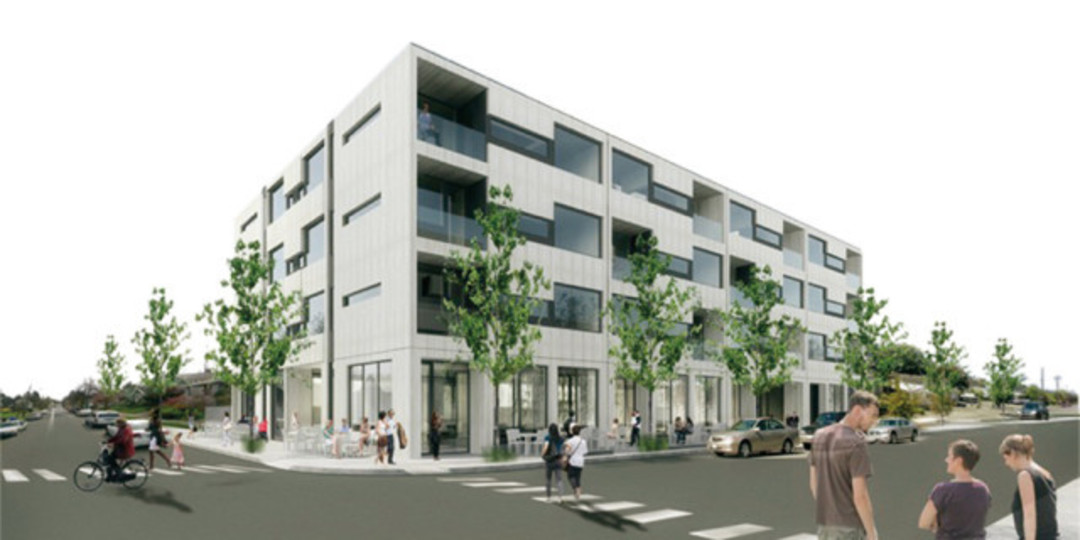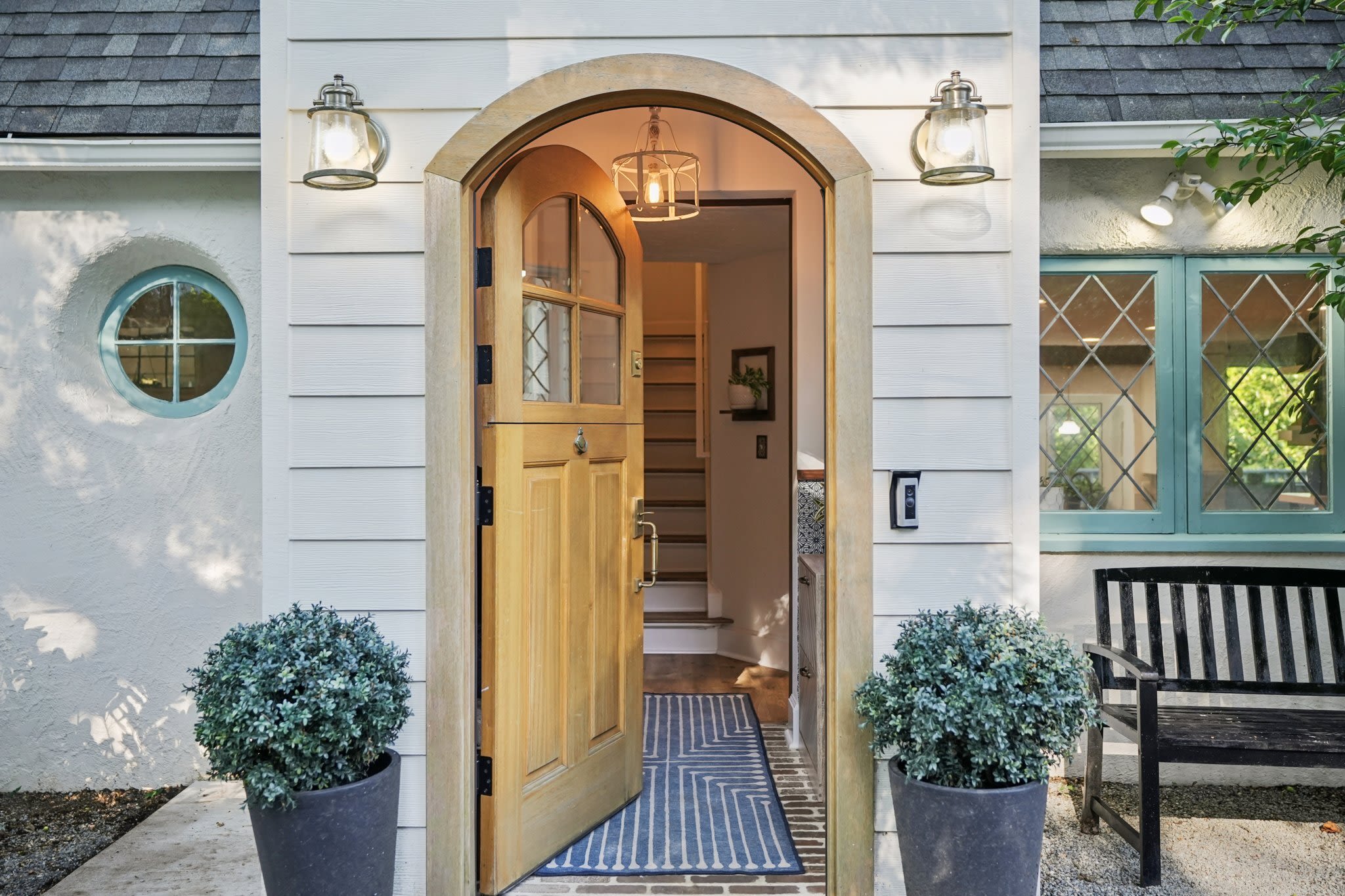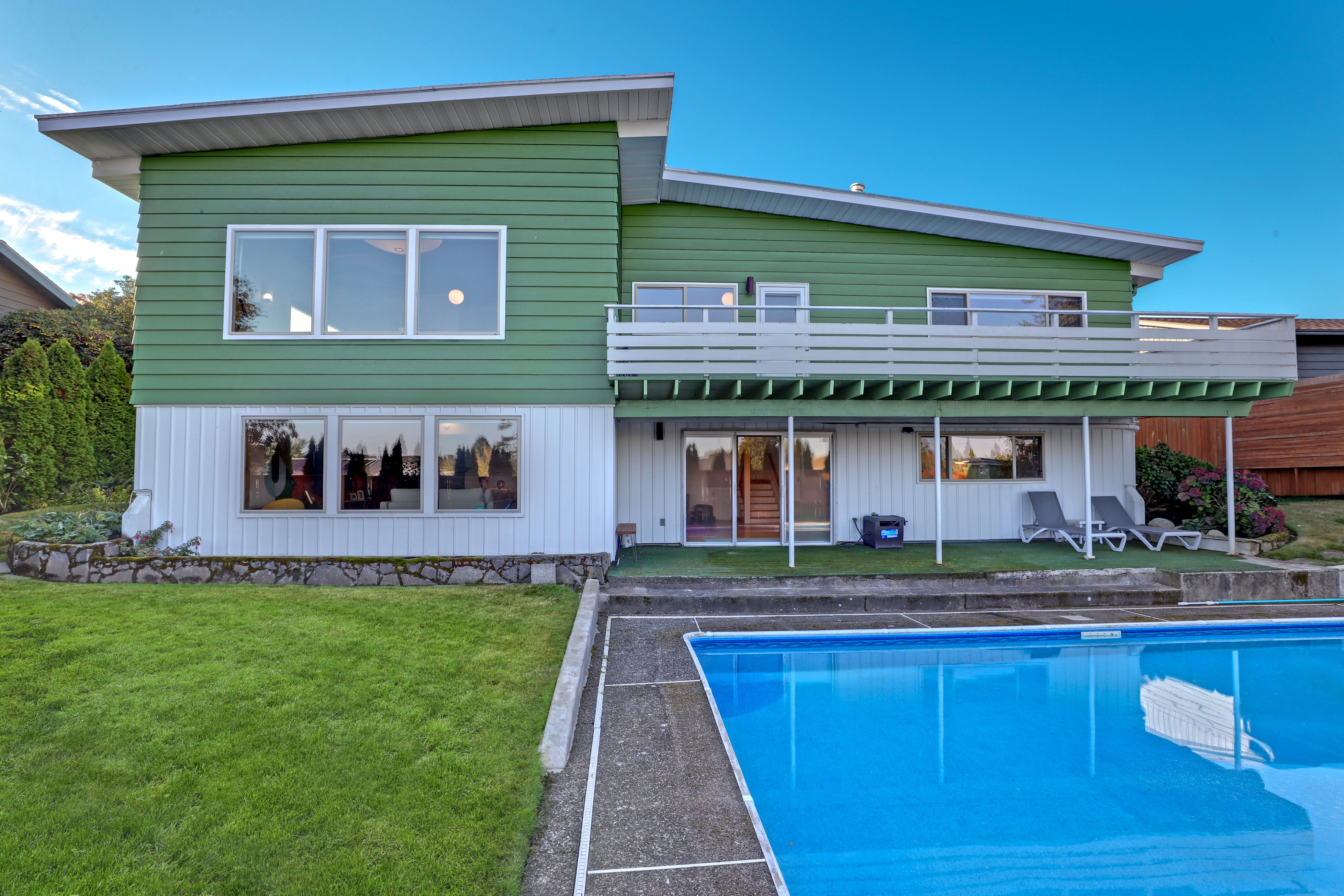What's So Bad About Urban Density?

On a recent Monday morning, in the midst of finishing a story on the next horizon of new buildings rising in the current construction boom (The Next Portland), I drove a visiting architect from Japan on a tour of the city. His limited English honed our conversation to essences. He was visiting cities that had long piqued deep interests: Fort Worth because he had grown up on Western movies (“I bought a cowboy hat,” he said ); New York, because, well, it’s New York; and Portland because he understood that its citizens are so happy. “People move to your city with no jobs,” he said. “I want to understand why.”
In my 24 years as a journalist in Portland, I’ve written about three other booms, buildings, developments, and, of course, controversies throughout the city. So I tried to explain to my new friend why people like Portland so much.
We began with the cast-iron buildings of Skidmore/Old Town, which rose on the intimately scaled city blocks that have become a Portland tradition. We swung up to the hills adjacent to downtown, where the views of Mount Hood kept the upper and upper-middle class investing in downtown instead of fleeing to suburbs. We drove down the lively commercial corridor of Northwest 23rd Avenue, the first of many old Portland streetcar neighborhoods to enjoy a rebirth with new shops and restaurants. We toured the Pearl District, a new urban neighborhood that blossomed in and around industrial warehouses and across the empty railroad lands. As we headed southward along Naito Parkway, I explained how a group of citizens held a picnic that led a movement to transform the waterfront from a highway to a park. Dodging the streetcar in South Waterfront, I showed him the aerial tram that enabled the dramatic redevelopment of land where World War II’s Liberty Ships were built and later scrapped. We looked at the new bridge under construction that will carry trains, buses, bikes, and pedestrians—and no cars. I told him of how Oregonians’ urge to preserve agriculture and forest land in the 1970s had inspired an urban growth boundary to push Portland up, not out.
The generally rosy picture I painted had a few thorns. We didn’t have time to visit East Portland, but I described how haphazard city planning, gentrification, and an influx of immigrants has resulted in a disenfranchised culture amid a hodge-podge of shopping centers, strip malls, and huge affordable housing projects on roads that often aren’t even paved. He shared that his own city, Kyoto, had a similar de facto segregated underclass: Koreans (of which his mother was one). But to end our tour, I took him to a place where normally happy Portlanders, of late, have been angry: Southeast Division St.
As I recounted in Portland Monthly’s April issue, in 1990, I bought my first house a block off Division. (Price: $56,900.) And though I sold it long ago, I’ve returned often to watch the neighborhood’s dramatic change. I will confess that the recent rise of new apartment buildings, despite my usual pro-density views, has given me pause. But as I drove up the street with a person from a more venerable culture, in a country where the cities have long been truly dense, suddenly the big new buildings of Division seemed kind of puny and spaced too far apart. As I described the neighborhood’s angst over a lunch of sumptuous tuna salads at Roman Candle—as a construction crew labored on a pair of five-story apartments across the street—my friend was philosophical. “More people want to enjoy Portland’s happiness,” he said. Shifting topics, he added, “I want to come back to walk over your new bridge.”
Recent moving statistics suggest that more folks might be joining our happiness than we imagined. Aging boomers like our healthy lifestyle. Millennials find a petri dish for self-creation. Foodies want better meals. And an increasing number of drought-weary Southwesterns might enjoy take longer showers.
So as you watch Portland’s changes, go ahead and be shocked, upset, or maybe, just maybe, a little excited. Maybe, just maybe, the more will be the merrier.




